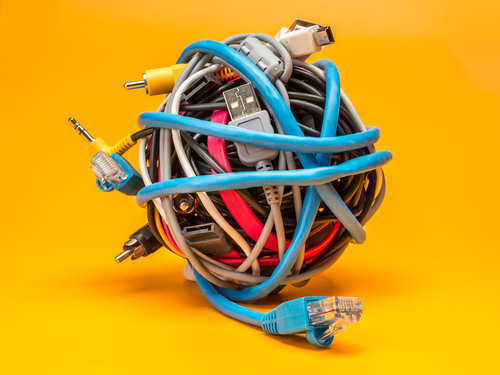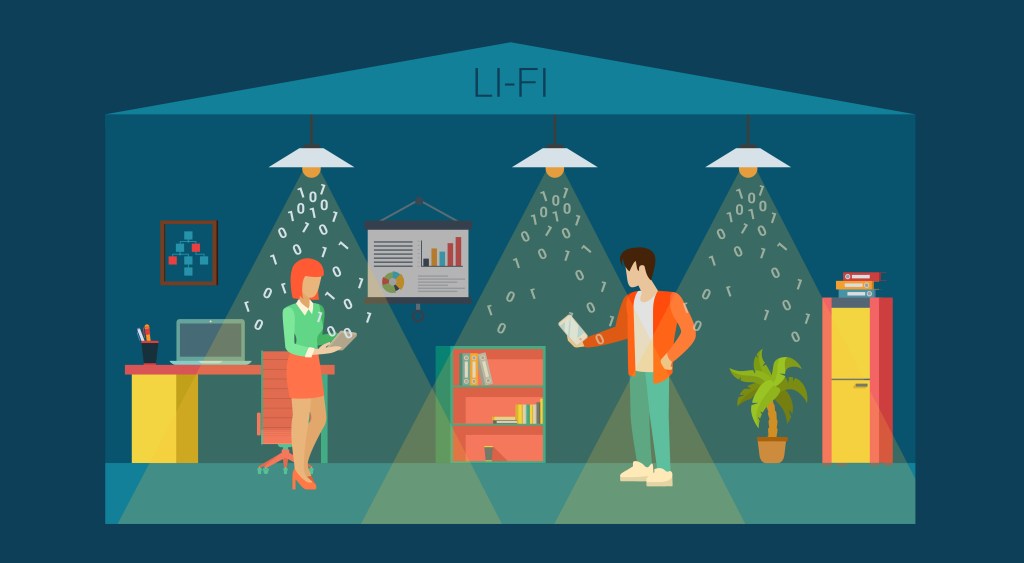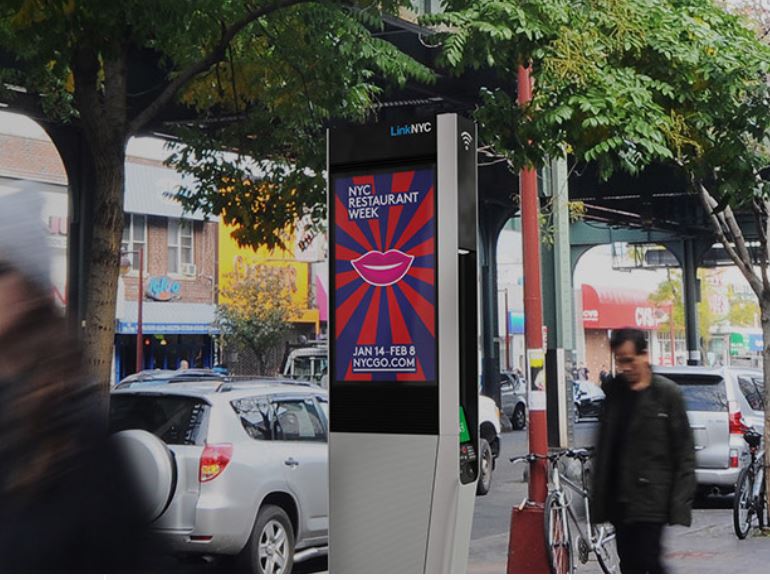Cable Free Cometh
Researchers dive into wireless charging
Charging cables, while a necessity, are something we’d like to never have to use again. That means batteries too. Battery technology, despite the increasing need in the auto industry, is only slowly advancing, but the results show potential. Researchers have been investing resources into annihilating cables; not long ago researchers from the University of Washington […]


